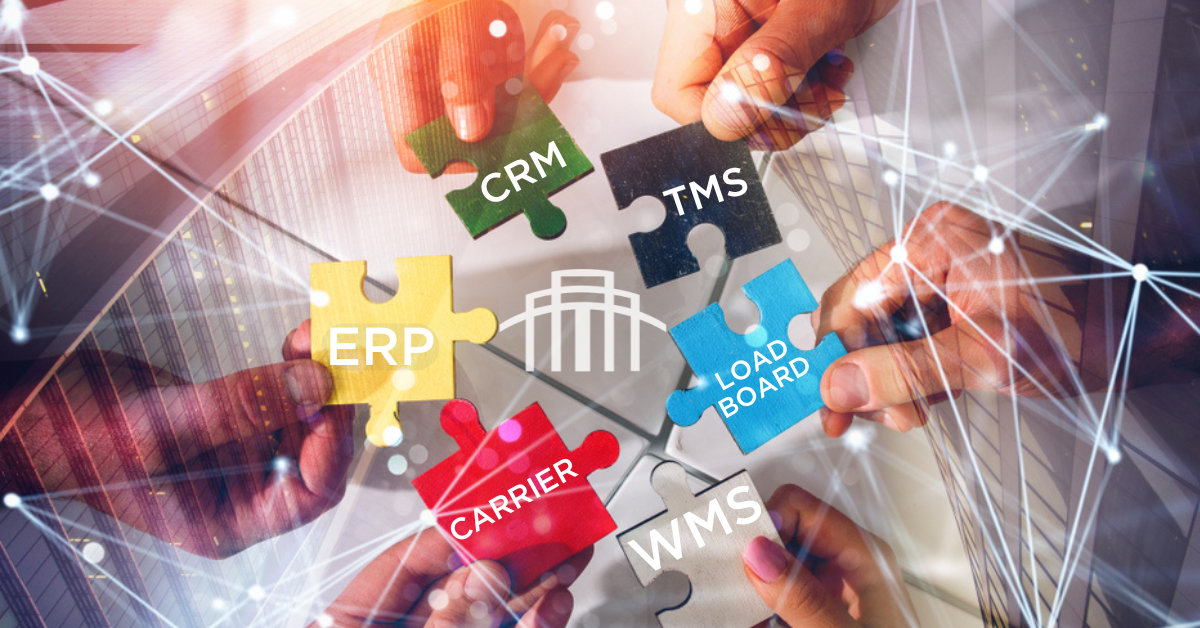While many logistics and transportation operations have been slow to adopt technology to manage their shipping processes, some are now dismissing Transportation Management Systems (TMS) as obsolete. However, the right TMS is not just alive; it's thriving and evolving, becoming an indispensable tool for companies looking to optimize their supply chains and transportation processes.
Category: freight execution
Tips on Integrating Freight Execution Software into Your Existing Business Systems
In today's complex business environment, efficiency and data visibility across all operational areas are critical for success. A study by the American Productivity & Quality Center (APQC) found that organizations excelling in these areas are five times more likely to be top performers.
Particularly for Shippers and 3PLs, the integration of freight execution software with core business systems, including Enterprise Resource Planning (ERP) and Warehouse Management Systems (WMS), emerges as a factor for a competitive advantage.
This integration not only streamlines operations but also enhances decision-making processes. According to a report by MHI and Deloitte, companies that have successfully integrated these systems report up to a 35% increase in operational efficiency, with a significant impact on their bottom line.
Comparative Analysis: Adopting Freight Execution Software vs. Traditional Methods
Efficiency, reliability and speed are paramount in the fast-paced world of logistics and supply chain management. As Shippers, 3PLs and brokers strive to meet the increasing demands of customers, the methods used for freight execution play a crucial role in determining their success. While the use of modern freight execution software solutions has increased, traditional freight management methods remain the standard for some logistics professionals.


